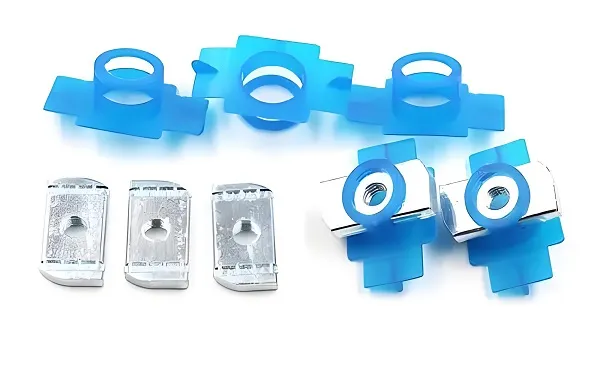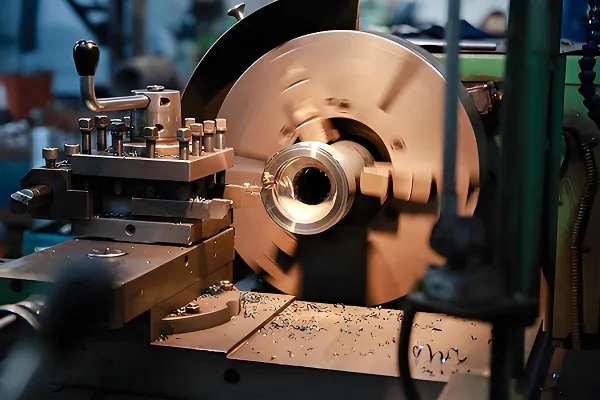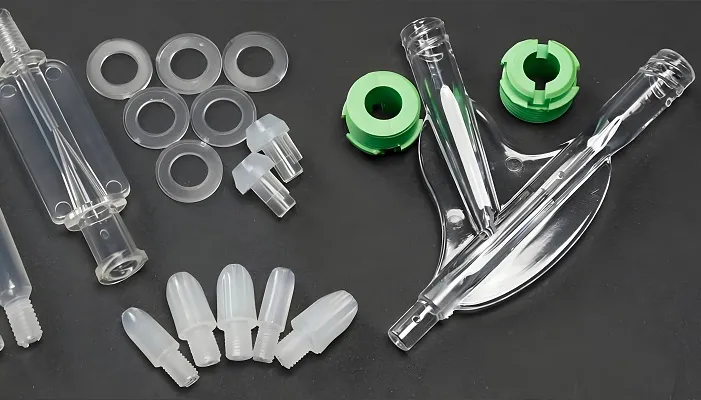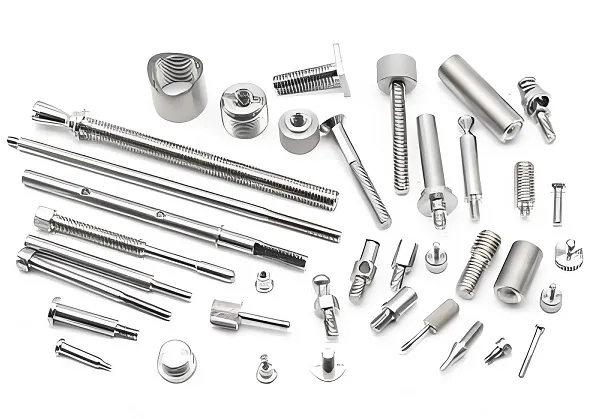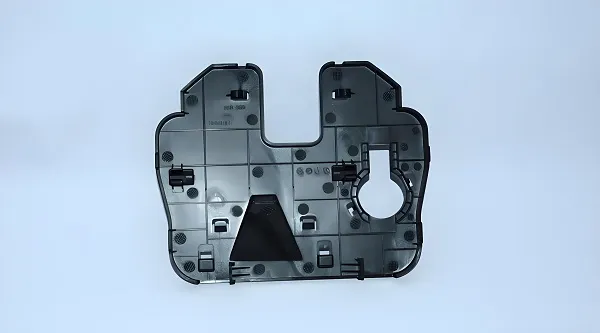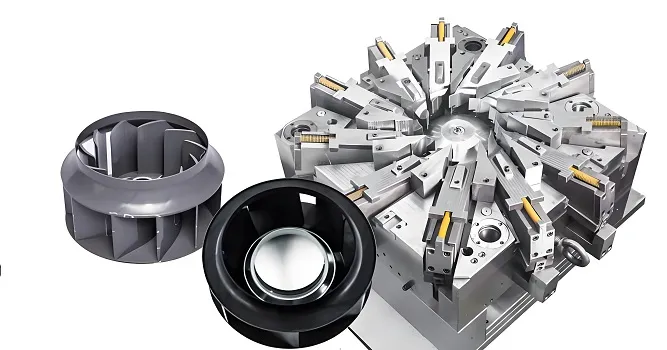CNC machining, or Computer Numerical Control machining, is a manufacturing process that has revolutionized the production of precision parts and components. It combines the power of computer technology with mechanical engineering to create complex and highly accurate products.
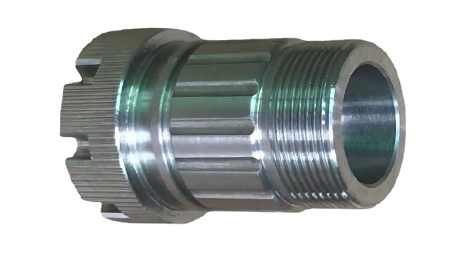
At the heart of CNC machining is a computer program that controls the movement and operation of the machine tools. The process begins with a detailed design of the part to be manufactured, which is created using Computer-Aided Design (CAD) software. This design is then translated into a set of instructions, or code, using Computer-Aided Manufacturing (CAM) software.
The CNC machine itself consists of several key components. The most important are the cutting tools, which come in various shapes and sizes depending on the type of operation being performed. Common cutting tools include end mills, drills, and lathe tools. These tools are attached to a spindle that rotates at high speeds to perform the cutting operations.
The workpiece, the material that will be shaped into the final part, is securely held in place on the machine’s table or chuck. The machine’s axes of movement, typically labeled as X, Y, and Z, control the position of the cutting tool relative to the workpiece.
When the program is initiated, the machine’s control system reads the instructions and moves the cutting tool along the precise paths specified in the code. The tool removes material from the workpiece in a controlled manner, gradually shaping it into the desired form.
The level of precision achievable with CNC machining is remarkable. Tolerances of just a few thousandths of an inch or even smaller can be maintained consistently, making it ideal for applications where exact dimensions and tight fits are crucial, such as in the aerospace, automotive, and medical industries.
CNC machining offers a wide range of operations. Milling is a common process where the cutting tool moves along multiple axes to create complex shapes and features on the workpiece. Turning is used for cylindrical parts, where the workpiece rotates while the cutting tool moves along the length. Drilling creates holes of various diameters and depths.
The choice of material for the workpiece is also diverse. Metals like aluminum, steel, titanium, and brass are commonly machined, as are plastics and composites. The type of material and its hardness influence the cutting parameters and tool selection to ensure efficient and accurate machining.
In addition to the initial programming and setup, quality control is an essential part of the CNC machining process. Measurements are taken at various stages to verify that the part is within the specified tolerances. Any deviations can be corrected by adjusting the program or the machining parameters.
Overall, CNC machining is a highly efficient and precise manufacturing method that allows for the production of complex and high-quality parts with minimal human intervention. Its capabilities continue to evolve, enabling manufacturers to meet the ever-increasing demands for accuracy and complexity in modern product design.

